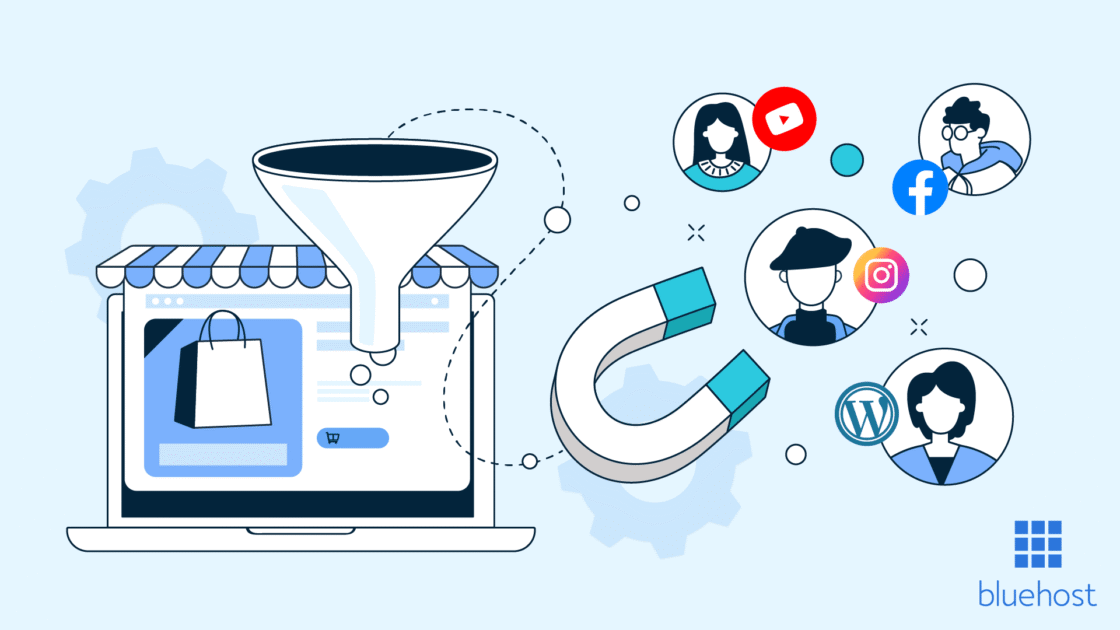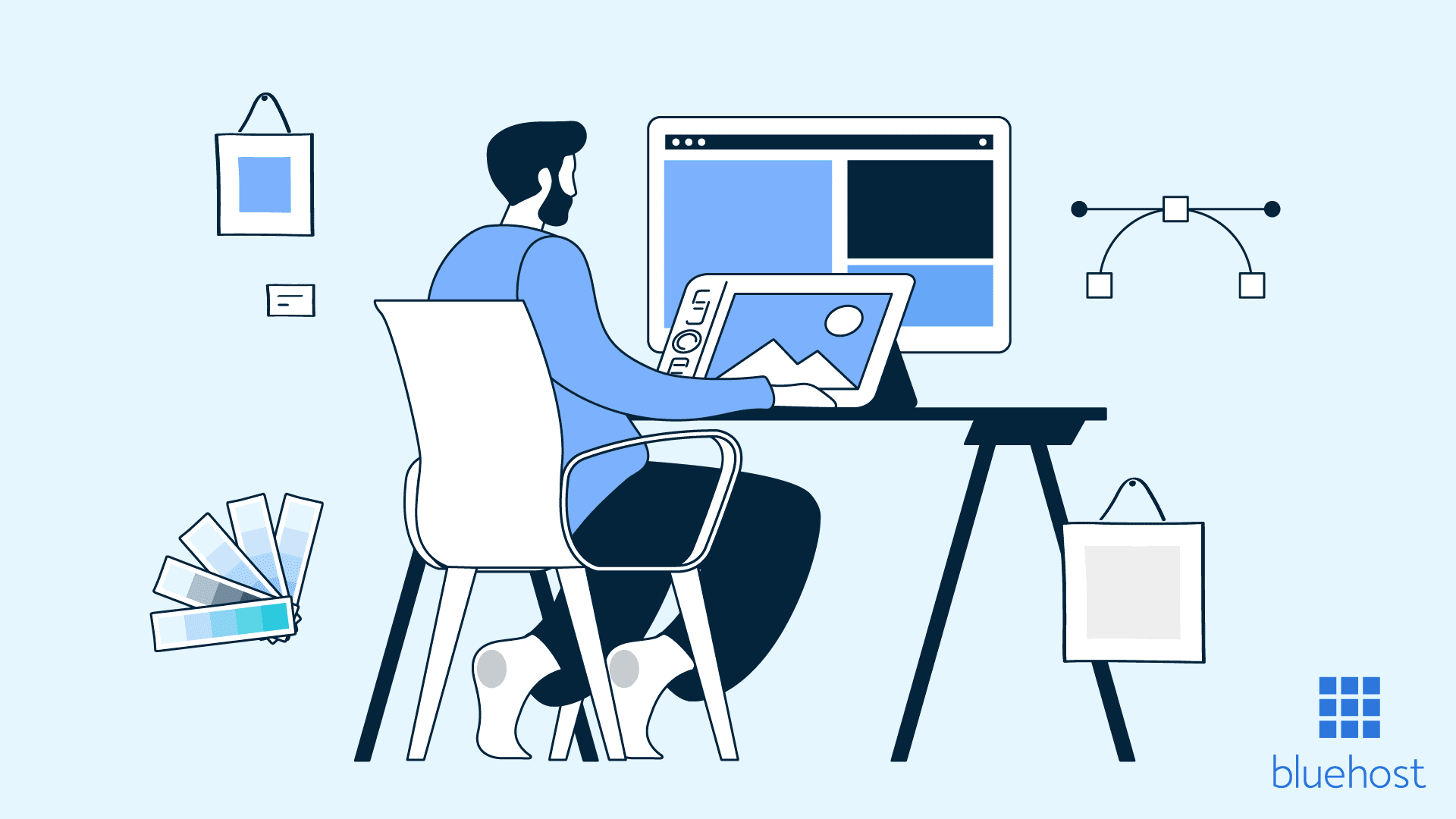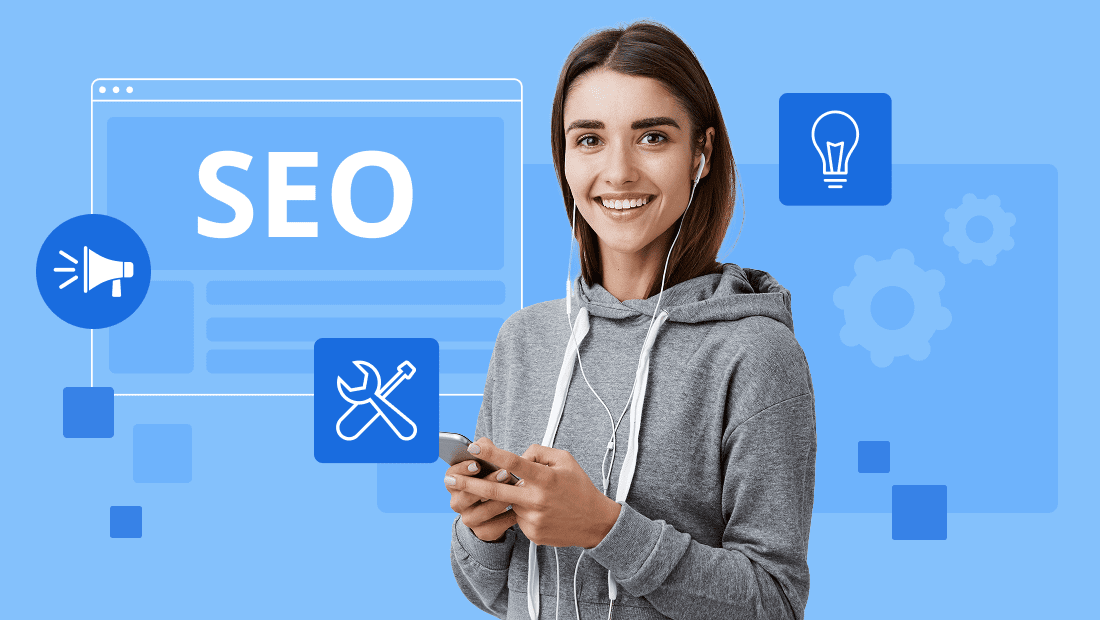Key highlights
- B2C lead generation in 2025 relies on personalized strategies like segmentation, automated follow-ups and mobile-first design.
- High-converting lead magnets such as quizzes, discounts and free guides help attract and qualify potential customers.
- Smart use of behavior-triggered pop-ups and exit forms increases lead capture without harming user experience.
- Influencer partnerships and targeted ad campaigns boost reach and generate quality leads from your target market.
- Automated email nurturing turns leads into paying customers by delivering timely, relevant content throughout the sales process.
Introduction
Traffic is up. Campaigns are live. But the leads? They’re barely trickling in.
That’s the challenge many brands face with B2C lead generation in 2025. Consumers are no longer impressed by generic offers or outdated funnels. They expect relevance from the first click, value in every interaction and consistency across every touchpoint.
As competition rises and attention spans shrink, generating leads isn’t just about visibility anymore—it’s about connection. Your marketing strategy must evolve to meet these changing expectations.
In this guide, we’ll break down modern B2C lead generation strategies that actually work. These aren’t trends—they’re tools built for real business growth.
Let’s get started.
What is B2C lead generation?
B2C lead generation is the process of attracting and capturing potential customers (consumers) for your business through marketing strategies like personalized content, lead magnets and targeted ads. The goal is to turn website visitors into qualified leads who are likely to become paying customers.
What are the top 7 strategies working best for B2C lead generation in 2025?
B2C lead generation in 2025 is all about precision. Your marketing efforts must connect with individual consumers in ways that feel personal, fast and valuable. Generic tactics no longer attract potential customers or keep them engaged. To generate quality leads and guide them through your sales funnel, focus on these key strategies.
To help you quickly compare the strategies, here’s a summary of each approach and the specific benefit it brings to your B2C lead generation efforts:
| Lead generation strategy | Key benefit |
| Personalize with segmentation | Delivers tailored experiences that improve conversion rates |
| Offer compelling lead magnets | Encourages visitors to share contact details with valuable offers |
| Use pop-ups and exit forms | Captures leads at the right moment in the customer journey |
| Optimize mobile landing pages | Improves mobile user experience and reduces bounce rates |
| Partner with influencers | Builds trust and expands reach through relatable voices |
| Run targeted ad campaigns | Reaches high-intent users and generates leads faster |
| Automate email follow-ups | Nurtures potential leads until they are ready to buy |
These strategies don’t just sound good on paper—they’re driving real results for B2C brands right now. When applied together, they form a complete lead generation system that attracts your ideal audience, captures interest at the right time and nurtures them toward a confident purchase decision.
Let’s take a closer look at how each strategy works—and how you can apply them to grow your lead pipeline in 2025.
1. Personalize with segmentation
Consumers expect relevant, timely messages tailored to their behavior. That’s why personalization starts with strong segmentation.
Begin by dividing your target audience into clear groups based on behavior, interests, location or previous purchases. Then deliver targeted messages using automated email marketing, dynamic landing pages or retargeting ads.
For example, a customer who viewed video content about fitness gear should see a follow-up offer with a discount on activewear. Tools like Klaviyo, HubSpot and Brevo can help your marketing teams create smart segments that improve lead qualification and boost conversion rates.
Segmentation doesn’t just improve engagement—it sharpens your entire B2C lead generation process and helps your sales and marketing teams focus on qualified prospects.
A great example of personalization in action is Netflix’s marketing strategy. By segmenting users based on viewing history and behavior, Netflix delivers highly personalized content recommendations and email campaigns. This not only keeps users engaged but also drives retention at scale—proving how powerful segmentation can be when paired with personalized marketing.
2. Offer compelling lead magnets
A strong lead magnet gives your visitors a reason to share their contact details- the right lead magnet tactics can help you get it right. In 2025, the most effective lead magnets are instantly useful, relevant to your product and easy to access.
Successful examples include:
- First-time buyer discount codes
- Quizzes with personalized product suggestions
- Free downloadable guides, templates or checklists
- Early access to product launches or exclusive events
Each lead magnet should match your target market’s needs and tie directly into your offer. If your business sells skincare, consider offering a “5-Step Routine for Your Skin Type” guide that leads directly to personalized product pages.
Keep your lead generation forms short and focused. Fewer fields mean more leads—and better chances of turning potential buyers into paying customers.
Also read: Creative Lead Magnet Ideas to Attract and Convert Leads
3. Use pop-ups and exit forms with intent
Pop-ups still work, but only when used strategically. When paired with real-time behavior triggers, they become powerful lead capture tools.
Use pop-ups that:
- Appear after users scroll 50% down a page
- Trigger after a few seconds of active engagement
- Appear when users show exit intent
Exit-intent forms can help you recover leads who were about to leave without converting. Offer something valuable—like free shipping, a discount or a content download—in exchange for an email address.
Just make sure the design is mobile-friendly, the message is short and the form is easy to complete. Smart pop-ups help boost revenue by collecting leads at critical moments in the customer journey.
Also read: Boost Visitor Conversion: 4 Winning Strategies for Pop-Ups
4. Optimize mobile landing pages
A large share of B2C website visitors now browse and shop from mobile devices. If your landing pages don’t load quickly or work smoothly on small screens, leads won’t convert.
To improve performance:
- Keep forms short and buttons large.
- Use a single-column layout and clear fonts.
- Make your call-to-action visible without scrolling.
- Remove visual clutter that can slow download times.
Compress images, test speed using Google PageSpeed Insights and check layouts with mobile preview tools. Also, consider integrating interactive content like product quizzes or short explainer videos to hold attention longer.
Beyond these optimization techniques, your hosting provider plays a crucial role in mobile page performance. Site speed issues often stem from server response times rather than just on-page elements. This is where a reliable hosting solution becomes essential for lead generation.
Bluehost’s optimized servers and content delivery network ensure your mobile landing pages load quickly regardless of user location, giving potential leads a seamless experience. We offer hosting plans with built-in tools for responsive testing and mobile optimization. These features help you boost performance and turn mobile visitors into qualified leads.
5. Partner with influencers to build credibility and reach
In 2025, influencer collaborations remain one of the most effective lead generation strategies for B2C brands. Consumers are more likely to trust people they follow than paid brand ads. That trust turns followers into leads.
Rather than working with generic influencers, focus on creators who resonate with your target audience. Micro-influencers often bring better engagement, especially in niche markets. Their recommendations feel personal—and more importantly, they influence buying decisions.
Here’s how influencer marketing strengthens your B2C lead generation efforts:
- Promotes your product directly to engaged, relevant audiences.
- Drives website visitors using swipe-up links or referral codes.
- Creates shareable video content that supports your social media marketing strategy.
Pair influencer content with exclusive offers or lead capture forms. Track performance with UTM links and optimize for lead count and conversion quality. When done right, these partnerships don’t just attract attention—they generate qualified prospects ready to engage with your brand.
Also read: The Ultimate Guide to Influencer Marketing: Strategies for Success
6. Run targeted ad campaigns for faster lead capture
While organic strategies take time, targeted paid advertising accelerates B2C lead generation by reaching high-intent users quickly. But in 2025, success depends on precision—not just placement.
Start by building audiences based on demographics, online behavior or engagement with past content. Use tools like Meta Ads Manager and Google Ads to launch highly specific campaigns aligned with your target market.
To improve B2C lead generation results:
- Use lookalike audiences based on existing loyal customers.
- Retarget users who interacted with your website or email campaigns.
- Create clear, benefit-driven messaging and visuals.
Lead generation forms embedded within ads help collect leads instantly, especially on platforms like Facebook and Instagram. For cold audiences, direct traffic to optimized landing pages that offer valuable content or exclusive deals.
Regularly test headlines, creatives and calls-to-action. Tracking performance allows your marketing teams to double down on what generates quality leads and refine campaigns for better ROI.
7. Automate email follow-ups to convert interest into action
Even the most interested lead won’t convert if left unattended. That’s why automated email follow-ups are essential to your lead generation game.
Once leads are captured through pop-ups, landing pages or social media campaigns, automation helps nurture them efficiently. It ensures that no potential buyer slips through the cracks.
Set up email workflows that:
- Deliver the promised lead magnet instantly.
- Offer helpful content related to their interests.
- Share product recommendations based on consumer behavior.
- Include time-sensitive offers to encourage action.
These sequences not only increase your chances of converting prospective customers—they also keep your brand top of mind throughout the sales process.
Cross promote email marketing with other marketing channels to increase reach. For instance, link to active social media platforms in your emails and vice versa. This reinforces your message across touchpoints and improves your overall lead generation strategy.
What challenges do B2C businesses face with lead generation?
While new tools and tactics continue to evolve, B2C businesses still face several roadblocks in the lead generation process. These challenges often stem from misalignment between audience needs, messaging and funnel structure. Understanding where things go wrong is key to creating more effective lead generation strategies and generating high quality leads that actually convert.
1. Low conversion from website traffic
Attracting traffic is no longer the hard part—converting that traffic into leads is where most businesses struggle.
You might see steady growth in website visitors through content marketing, social media platforms or search engine optimization. But if those visitors aren’t taking action, your lead generation efforts fall flat.
This often happens when:
- Landing pages aren’t designed to guide action.
- CTAs are unclear or buried below the fold.
- Lead generation forms are too long or poorly placed.
Improving conversion rates requires more than just design tweaks. It starts by aligning your content with your target audience’s intent and offering a clear, immediate reason to engage. The smoother the path, the more leads you’ll collect.
2. Poor lead quality
Getting a high lead count doesn’t guarantee business growth. In fact, many sales and marketing teams find themselves overwhelmed with contacts who show little to no buying intent.
This challenge usually points to a disconnect between your lead magnet and your ideal customer. If your offer is too broad, you’ll collect leads who don’t fit your target market—or your business model.
To generate quality leads:
- Narrow your messaging to address specific pain points.
- Use interactive content like quizzes to pre-qualify prospects.
- Focus on inbound lead generation through relevant, valuable content.
The goal isn’t just to collect leads—it’s to identify potential customers who are more likely to move through your sales funnel and become paying customers.
3. Lack of nurturing systems
Even the most promising lead won’t convert without consistent follow-up. Yet many B2C brands don’t have systems in place to guide leads beyond that first interaction.
When leads aren’t nurtured, they forget about your brand, lose interest or move on to a competitor who stayed in touch. This leads to missed revenue and a stalled sales pipeline.
That’s why marketing teams need automated email workflows that:
- Deliver timely, personalized follow-ups.
- Share helpful resources or product education.
- Offer time-sensitive deals to encourage action.
Pairing email marketing with social media campaigns helps keep leads engaged across multiple channels. A well-structured lead nurturing system ensures your business stays relevant and top-of-mind throughout the buying journey.
4. Inconsistent brand experience
The modern B2C buyer interacts with your business across many touchpoints—your website, social media channels, online ads and emails. If each touchpoint feels disconnected, trust breaks down.
An inconsistent brand experience can lead to:
- Confusion about your offer or value.
- Lower engagement on key landing pages.
- Missed opportunities to convert website visitors into qualified prospects.
Solving this requires a unified marketing strategy across all platforms. Ensure your voice, design and messaging remain consistent—from your lead generation forms to your social media marketing content.
When the experience feels seamless, your brand becomes more credible. That helps attract potential buyers, guide them smoothly through your lead generation process and build long-term customer relationships.
How does Bluehost help you generate more B2C leads?
Bluehost provides the essential technical foundation and specialized tools that power effective B2C lead generation in 2025. While many brands focus solely on marketing tactics, your lead generation success ultimately depends on reliable infrastructure that can support sophisticated campaigns and handle traffic surges when your efforts succeed.
Here’s how Bluehost specifically enhances your lead generation capabilities:
- AI-powered store setup: Get started quickly with AI-powered onboarding that sets up your online store for you, allowing you to focus on creating compelling lead magnets and offers.
- Built-in Yoast SEO tools: Attract organic traffic with Bluehost’s included Yoast SEO plugin that helps optimize your content for search engines, bringing more qualified visitors to your lead magnets and signup forms.
- Engagement-focused features: Use WonderBlocks to easily add customized content blocks and products that capture visitor attention and improve lead conversion rates.
- Personalization capabilities: Create personalized shopping experiences with customization options, gift cards and unique promotions that encourage visitors to share their contact information.
- Email marketing integration: Use CreativeMail automation tools and customizable email templates to nurture leads through targeted campaigns while maintaining professional branding.
Final thoughts
B2C lead generation in 2025 demands more than just traffic and forms—it requires strategy, speed and personalization at every step. From smart segmentation to influencer partnerships and automated email flows, success lies in creating meaningful experiences that turn interest into action.
The more aligned your message, timing and platform, the more likely you are to generate quality leads that move through your sales funnel—and become loyal customers.
Now’s the time to sharpen your approach, test new ideas and double down on what works.
And if you’re ready to build faster, smarter and more scalable campaigns, Bluehost has the tools to help power your next big move.
Get started with Bluehost today!
FAQs
B2C leads are individual consumers interested in personal purchases. B2B leads are businesses looking for solutions to professional needs. B2C leads often convert faster but require more emotional and value-driven messaging.
Nurture leads with targeted emails, personalized content and time-sensitive offers. Make sure your landing pages are optimized and your sales process is smooth. The more relevant your message, the faster they’ll buy.
Your strategy should offer a high-value lead magnet—like a free consultation, checklist or booking discount. Combine it with personalized email follow-ups and a strong CTA on your service pages.
Pop ups are effective when done right. Use behavior-based triggers like scroll depth or exit intent. Keep the message clear, offer real value and make it easy to close.
Use platforms like Brevo, Mailchimp, HubSpot or ActiveCampaign. They help automate email flows, segment your audience, trigger pop-ups and track lead activity across channels.



Write A Comment